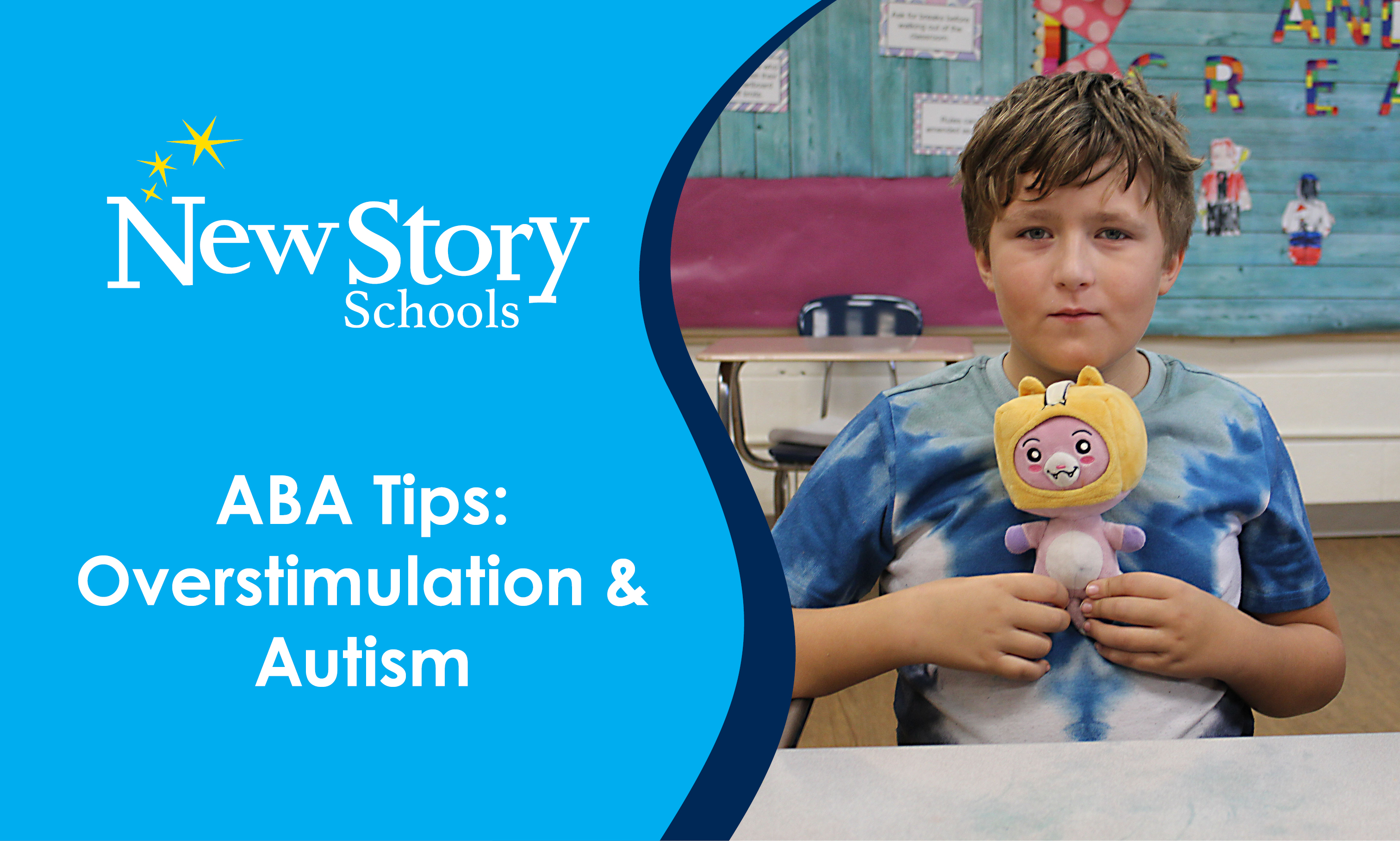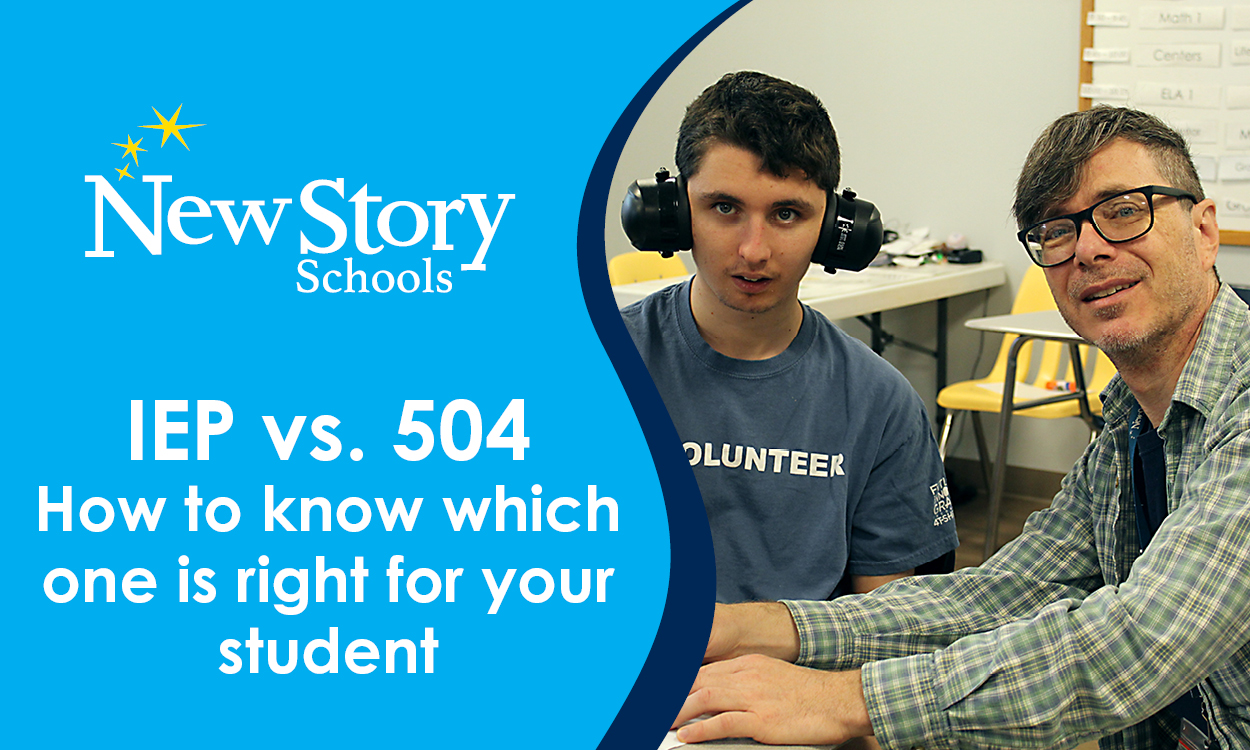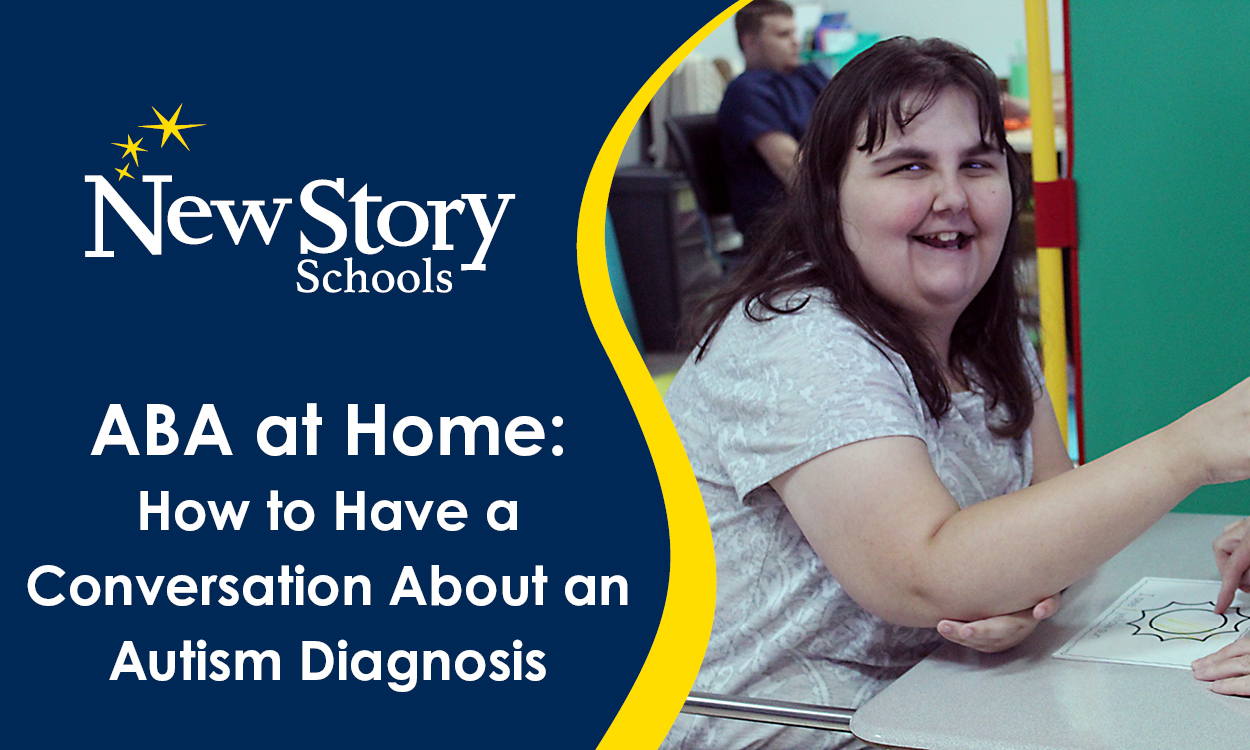ABA Tips: Overstimulation & Autism
Posted: October 23, 2024 | Written By: Cole Orris | Category: ABA

Overstimulation is a common experience for many individuals with autism and understanding it can be crucial for providing effective support both at home and in educational settings. In this blog, we’ll explore what overstimulation is, common symptoms, and practical ways to address it, all based on insights from Cole Orris, an experienced Academic Support staff member at our Selinsgrove, PA school. We will also discuss how stimming relates to overstimulation and how to respond effectively in these situations.
What Is Overstimulation?
Overstimulation occurs when the brain receives more sensory input than it can process comfortably. For individuals with autism, this can be particularly challenging, as they may be more sensitive to sensory stimuli. Cole Orris describes it as being in a constant state of panic, where "every simple decision can feel like a very serious, impactful decision, even something as small as deciding what shoes to wear." Essentially, it’s a state where everything—from the sound of conversations to bright lights—feels overwhelming, making it difficult to think clearly. They can also cause physical symptoms such as tensing muscles and headaches.
A relatable example might be how you feel when you’re trying to make a decision, but there’s too much background noise, like needing to "turn the radio down to think." This feeling of not being able to focus is similar to what someone with autism may feel when experiencing overstimulation, only more intense and happens with multiple inputs simultaneously.
Common Triggers of Overstimulation
There are many factors that can lead to overstimulation. Crowded areas with unpredictable activity, such as a busy store, can be particularly overwhelming. In environments where there are loud sounds, people moving in different directions, and no consistent pattern, individuals may become anxious and struggle to process what’s happening around them.
The pressure of needing to focus in a high-stress situation can also lead to overstimulation. Background noises that others might find minor, like a classmate whispering, can feel amplified, making it difficult for the individual to concentrate. This aligns with research showing that individuals with autism often experience heightened sensitivity to sensory stimuli, making it more challenging for them to adapt to noisy or chaotic environments (ScienceDirect, 2023).
Symptoms of Overstimulation
Overstimulation leads to both mental and physical symptoms. Anxiety is typically the first reaction. People experiencing overstimulation might feel their minds racing, unable to focus on one thought, while every sound and movement becomes a distraction. Physically, it can manifest through tense muscles, clenching of the jaw, or headaches. Emotions are heightened and what might normally be a minor irritation can feel like an urgent need to change environments. This intense response can make even a small disruption in routine affect someone’s entire day. Such disruptions can impact how well a person can concentrate, remember tasks, or complete activities.
Common Misconceptions About Overstimulation
One major misconception is that overstimulation is not a big deal—that it is simply an annoyance that can be ignored. People often think, "Just tune it out," but for individuals with autism, it is not that simple. The impact of overstimulation can ripple throughout the day, affecting mood, focus, and overall functioning. It’s important for others to recognize how deeply overstimulation can affect someone and understand that it’s not something that can be overcome with sheer willpower.
Practical Strategies for Parents
When a child is experiencing overstimulation, it’s important to limit the external stimuli as much as possible. This means not having multiple screens (like a TV, tablet, and phone) on simultaneously or excess noise, especially while trying to communicate with the child. Instead, find comforting activities that are familiar and enjoyable for the child. This might be a favorite show, drink, or game. The key is to provide something predictable and controllable, which helps the child regain a sense of calm and control over their environment.
Advice for Educators
Teachers can help by limiting external stimuli and creating a calming space for the student if needed. This could mean allowing the student to take a break or providing one-on-one away from the group. Empathy and patience are essential. For educators, it's important to remember that while a task might seem simple, for a student experiencing overstimulation, it can feel overwhelming.
A young or inexperienced educator might naturally want to help by asking questions or offering solutions immediately, but this can make the situation worse as it adds additional stimuli. Instead, it’s better to wait and give the student time to calm down before trying to re-engage them in the task. This approach helps avoid adding unnecessary layers of stress to an already overwhelming situation as these questions are confronting the student with more decisions to make.
It is crucial to reduce stimuli and allow time for the adrenaline and anxiety to subside. Only after the person has calmed down should you begin to guide them back to what they were doing. This approach aligns with current research on sensory overload, which suggests that reducing sensory input is one of the most effective strategies for managing overstimulation in individuals with autism (Liberty University, 2024).
The Role of Stimming
Stimming, or self-stimulatory behavior, is a response to overstimulation. It involves behaviors that provide comfort or pleasure, like touching a soothing texture or rocking back and forth. This helps create serotonin which soothes the individual. When overstimulation occurs, individuals with autism may instinctively try to replace the negative stimulus with a positive one. Encouraging stimming can help them manage overstimulation more effectively. For instance, an object that comforts and appeals to the senses like a soft blanket promotes positive sensory input to counteract overstimulation. Interested in learning more about stimming? Check out our Stimming Guide!
Overstimulation is a significant challenge for many individuals with autism but understanding what it is and how to respond effectively can make a big difference. By reducing sensory input, being patient, and encouraging stimming behaviors, parents and educators can help create a supportive environment where the child feels safe and capable of managing their experiences. The key is to remain empathetic, minimize unnecessary stimuli, and allow the individual the space they need to regain control.
Want to be notified of new articles and resources from New Story Schools? Submit your email and opt into our newsletter!









